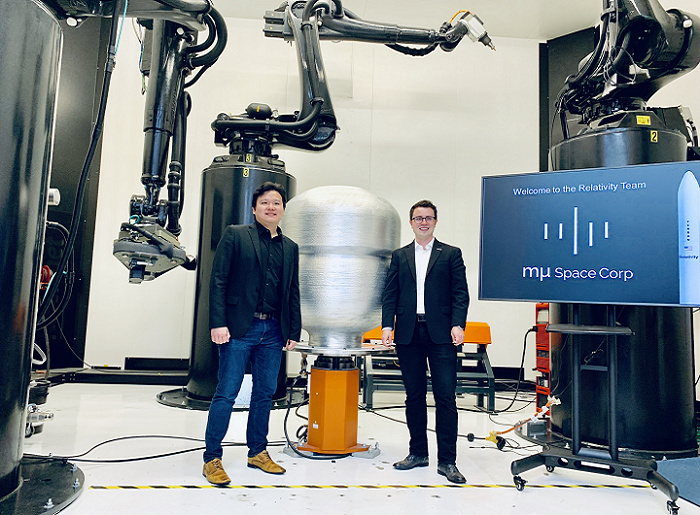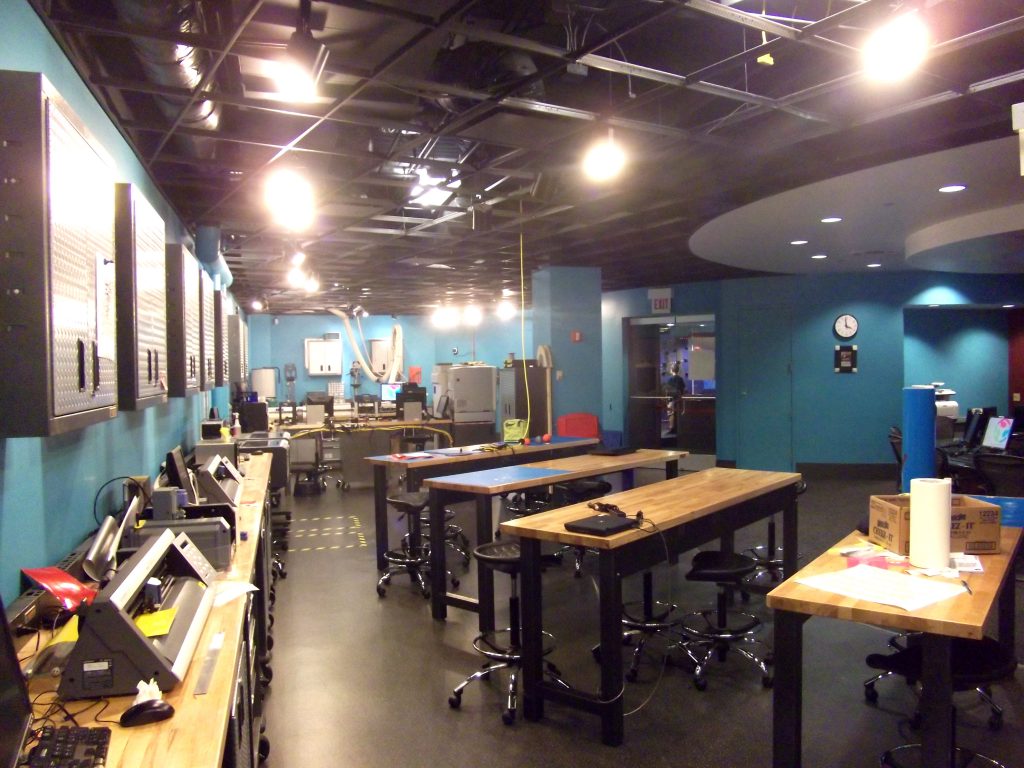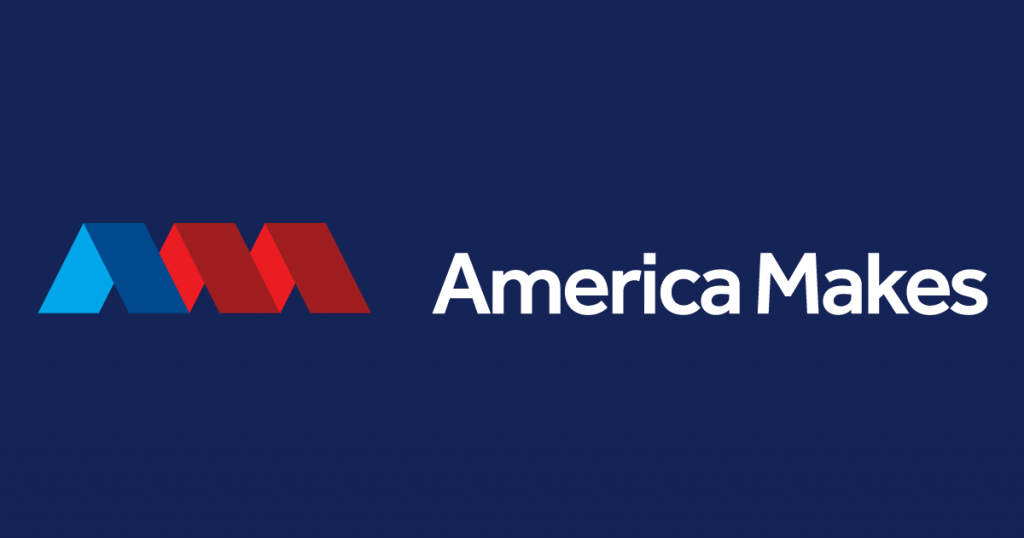2019 Year in Review: Industrial 3D Printing
We continue to see industrial 3D printing increase in speed, size and capability, while dropping in cost as signs point to its integration into the larger manufacturing industry. This year, there were a number of announcements that reinforce this trend, including mergers, acquisitions, partnerships and product releases.
Service Bureaus
This was one of the more important stories of the year, in this author’s opinion, in that it solidified BASF as more than a periphery agent in the AM space. The largest chemical company in the world had slowly been spready its tendrils into the space, developing materials for companies like HP and then acquiring Innofil3D, Advanc3D Materials, Setup Performance, Forward AM. It also continues to develop materials to new 3D printing processes. In addition to Multi Jet Fusion (MJF), BASF has teamed with Paxis, Impossible Objects and Origin for material development.
With the acquisition of San Francisco- and Paris-based service bureau Sculpteo, BASF has established itself as a major player. The fact that it has also invested $25 million in 3D printing software and service company Materialise indicates that it is making significant bets on the service bureau space, with its materials fueling those efforts.
BASF may be the largest chemical company in the world but it’s not the only materials giant in the 3D printing industry. DuPont, Mitsubishi Chemicals, Covestro (Bayer spin-off), Arkema (spin-out of French oil giant Total), Henkel, DSM, Evonik and others were also very active in the space this year (though of course that is to be expected).
Meanwhile, another service bureau marketplace, Xometry, has continued to grow. After closing a $50 million Series D investment earlier in the year, the startup acquired Europe’s largest on-demand manufacturing marketplace, Shift. This will allow it to expand into 12 new countries and access a network of over 4,000 manufacturers.
GKN has also continued to grow its AM activities, acquiring more metal powder makers and California-based 3D printing bureau FORECAST3D, which complements the group’s existing HP Metal Jet technology with a large fleet of Multi Jet Fusion 3D printers. Additionally, GKN Powder Metallurgy opened a third customer center in Germany and one in Michigan, which also serves as its North American headquarters.
Siemens
After completing what it claims was a successful pilot program, Siemens officially launched its Siemens Additive Manufacturing Network, which allows customers and suppliers to connect for their production needs. It will also integrate HP’s Digital Manufacturing Network and include large manufacturers, including the world’s biggest sporting goods retailer, Decathalon. The tech giant is also working on an end-to-end AM workflow that includes digital inventory, part and cost analysis, production tracking, RFQ processing and scheduling.

Atlas3D is capable of quickly orienting parts and adding support structures to minimize distortion in DMLS.
Siemens also acquired Atlas3D, which has developed a cloud-based software for automatically orienting parts for metal 3D printing and generating support structures through the use of thermal distortion analysis.
HP and GE Additive Continue to Grow
Having already released its flagship series, metal 3D printers and color 3D printers, HP launched its Jet Fusion 5200 Series, meant to be the company’s new production line. The 5200 series is marketed as more productive, accurate, consistent and efficient than the preceding 4200 line. This was followed up with the opening of a new 150,000-square-foot R&D center in Barcelona. HP also announced a partnership with Rösler AM Solutions to develop automated post-processing technology.
GE Additive opened a new 40,000-square-meter campus in Lichtenfels, Germany, which will serve as the new headquarters for Concept Laser. Investing in itself further, GE Aerospace purchased 27 new Arcam electron beam melting systems for GE9X blade production.
Mass Production Technologies
Upon receiving yet another round of massive funding in 2019, Carbon, which boasts its digital light synthesis as capable of mass production, secured new partnerships for the large batch manufacturing of bicycle parts for Specialized and fizik, eyeglasses for JINS, nightguards and splints for Keystone Industries, and car parts for Lamborghini.
Additive Industries also suggests that its modular MetalFAB1 3D printer is suited for mass production and, in addition to selling six of its expensive metal 3D printers to a US aerospace company (and later on a seventh!), it partnered with Airbus and Premium AEROTEC subsidiary APWORKS to further certify its technology for serial production of aerospace parts.
HP’s MJF is also designed for mass manufacturing, which was further demonstrated when Smile Direct Club announced the use of the technology to 3D print over 50,000 dental aligner molds per day.
Niche Sectors
Sectors ripe for additive disruption are starting to gain more attention. In particular, the railway sector has seen more activity related to 3D printing. Stratasys, for instance, partnered with Angel Trains in the U.K. in a pilot program that has 3D printed four passenger armrests and seven grab handles for Chiltern Railways. Europe’s “Mobility goes Additive” network made the first 3D-printed safety-relevant component for rail: a metro brake unit that is already being used in Hamburg, Germany.

mu Space CEO & Founder James Yenbamroong and Relativity Space CEO & Founder Tim Ellis stand in front of Relativity’s Stargate, the world’s largest metal 3D printer.
In addition to rail, the marine and space industries have been impacted by AM. Companies like Relativity Space, Launcher and Rocket Lab (if you count news from last year) are all working on 3D-printed rockets for use in the launch of small payloads. And this is beyond the existing work with mainstream launch companies like United Launch Alliance and Space X. German steel giant thyssenkrupp has also made continuous headway into the maritime field, certifying a facility for 3D printing marine parts and partnering with a large shipping firm for the 3D printing of spare parts.
All of this paints a picture in which 3D printing for end part production is no longer experimental, nor is the entry of large and unique businesses into the space. AM is still far from saturating the much, much, much larger manufacturing industry, but it now has a significant foothold.
The post 2019 Year in Review: Industrial 3D Printing appeared first on 3DPrint.com | The Voice of 3D Printing / Additive Manufacturing.
Interview with Len Wagner of Deer Valley Ventures
Len Wagner is Chief Technology Manager at Impossible Objects, Inc. He is also currently a Managing Partner at Deer Valley Ventures, investing in early stage advanced and additive manufacturing companies. He gives good insight into both the technical world as well as the financial realm within additive manufacturing. He also is involved as a chairman of the FabLab Association for the Museum of Science and Industry.
What has lead you to this point?
I started my career in computer graphics. I was focused on the software that produced the images. I did a lot of graphics simulations. This lead to CAD and finite element analysis. In 1992 I was a researcher and was able to work on one of the first 3D printers. I was able to help researchers to visualize their data. Later on I was able to work on the financial side as I run a fund. I sit between these two things. I am also involved in a lot of STEM education as well and it has been important for me to give back. It took a while, but I figured out I had a skill of explaining the technical side to the business side. It took a while to realize that was important.
What kind of developments have recently disrupted this marketplace?
We have seen a big movement in the industry. We have moved from prototyping to manufacturing. We are at the very beginning stages of this. Customers and vendors are doing things to make this transition. It is a very different set of requirements from making prototypes to actual production levels. We at Impossible Objects are somewhat betting on this. The word disruption is funny. It is a slow methodical process to move in this field. Manufacturing moves very conservatively and methodically. More parts are moving toward digital manufacturing and additive manufacturing. If you talk to a large aircraft manufacturer like Boeing, a modern aircraft has hundreds of parts. A small percentage of these parts are continuously being made with additive manufacturing. Good steady progress is important. The full life cycle of material properties is important to understand.
Can you explain your work and day to day operations for Impossible Objects?
I run the engineering group as the Chief Technology Manager. The main function we have is designing and building new machines. We want to improve the process with new materials and machinery. We work on process development and I also help to make an automated machine that may assist with these types of process developments. I also work with customers for them to work with machines.
You have an interesting mix of skills in terms of venture capital as well as engineering. Can you give some insight into how you operate within both worlds?
It really comes down to building teams and having communication skills. It is important to build the communication skills. It’s important to translate the cultures. Engineers have a certain way of speaking and it is important to be able to explain things in terms of the business side and that realm of communication.
I feel the future of the additive sector lies within the precision of 3 dimensional imaging techniques. What are your thoughts on this?
I think it is important to measure the quality control of a product. 3D optical scanning at a cheap rate is not really on the market just yet and I think there is a great market need for it. Why is there not an open source package that is oriented towards this?

People compare the additive manufacturing industry to the early days of computers. Do you agree or disagree and why?
I largely agree but it is not a perfect analogy. I agree that the transformation for being able to do manufacturing cheaper and faster at a small scale is similar to how programming costs went down extremely over time. Authoring is hard to do in 3D. Thinking in 3D is difficult. I also do not think there is a Moore’s law of Additive Manufacturing. I do think the ability to change the manufacturing sector is large.
Museum of Science and Industry Fab Lab
Can you explain some of the work you do as chairman of the FabLab Association for the Museum of Science and Industry?
With the FabLab Network, I am an advisor to the board of the MIT FabLab Network. The Museum of Science and Industry has a FabLab and it is great to expose people to one aspect of the maker movement. Schools and organizations are allowed some exposure and experience to this environment. There is an educational aspect of the Museum as well. This also invigorates people. It sparks the interest in people as well. I help to raise funds and I advise the lab. The equipment has become relatively cheap so schools can have access to these items. It is important for us to teach educators how to use these types of machines. It is important to give people access as well as give people mentorship.
What are some key points that companies should be focusing on in terms of the additive manufacturing strategies?
We must focus on material properties. It also is important to know the speed of prints. It is also important to have the economics down pat as well. Lastly, I think these machines have to work within your larger manufacturing environments. We are adding a camera to slice every image of all levels that have been printed. It is also to take advantage of digital manufacturing and mass customization.
3D Printing Industry Experts Interview: Jeffrey DeGrange of Impossible Objects
Jeffery DeGrange is the current Chief Commercial Officer at Impossible Objects. Before this, he was Vice President of Business and Application Development for Stratasys. He has spent twenty years at The Boeing Company where he led innovative material and process research and development in the areas of additive manufacturing, reverse engineering and advanced manufacturing. He holds various patents for the direct manufacturing of end-use parts and multiple functional tooling used in military and commercial aircraft programs. While at Boeing, he was a key principle to certify and qualify first ever additive manufacturing material and processes for flight hardware used on the F/A-18 super hornet and the 787 Dreamliner production aircraft programs.
Give us some background on your experience and how it has gotten you this far?
I started with Boeing in 1995. I was working with the Boeing additive team to work on parts that would go on aircrafts. This started in 1999. I feel in love with the field. Then I left Boeing to work for Stratsys to be the VP. I was focusing on the technology for manufacturing purposes. I worked with Stratsys and various companies for 7 years. Then I came and worked with Impossible Objects in 2017. The technology was very interesting and appealing. The parts they were making was so much stronger and lighter. The technology could be scaled up easily as well.

Explain a bit about your day to day at impossible objects?
It has different legs to the stool. Sometimes we are talking to various material suppliers and doing material assessment. We are also talking to companies and how the technology can be used for their purposes. There also is a need for documentation. We have marketing, technical, and business writing that needs to be done. The last leg is introducing and talking to prospective clients.
How are barriers broken for skills on higher level machines?
Society of manufacturing engineers. America Makes is trying to build the educational courses for someone to be a technician. We are building out courses that are needed as well as hands on initiatives. With additive a lot of costs are indeed saved. We can use these saved costs to reinvest in our workers and the community around us.
What are the key verticals that an organization has to consider in terms of transitioning towards an additive manufacturing economy?
I think the cost of equipment and material are so important. Aerospace organizations are at the forefront. The medical industry is then next to consider. Particularly clinical trials are happening quicker with these techniques than traditional techniques. Slower adoption is occurring, but it is happening. I recently became an adviser for the Mayo Clinic in terms of printing and prototyping in terms of surgery.
How important is policy and social infrastructure in terms of the future additive manufacturing economy?
I think that there are some things to be done there in order to streamline the acceptance of these devices. We want to make sure in cases like the medical industry that we have FDA clearance. There needs to be a lot of smart people at a table to streamline certifications in that sense. It is important to deal with this in terms of the FAA and the Internal Department of Defense.






